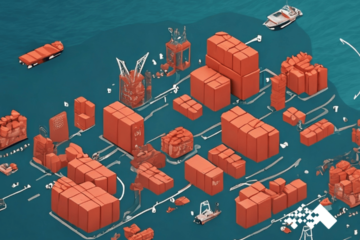Aviation GenAI Solutions for the FAA’s Enterprise Information Management Project
Mosaic leveraged its award-winning Neural Search Engine to enhance the FAA’s EIM project, developing state-of-the-art LLM-powered chatbot apps to process multiple data sources and provide GenAI-generated answers.









